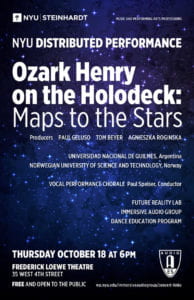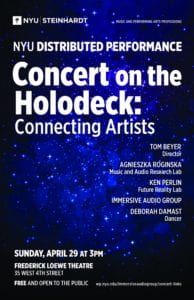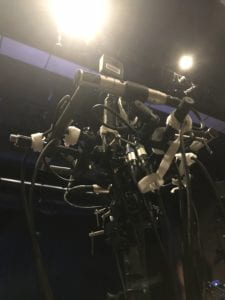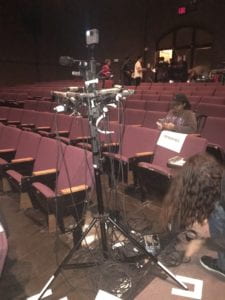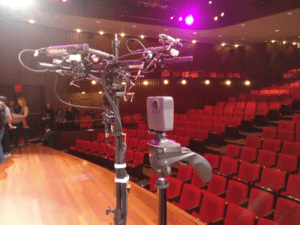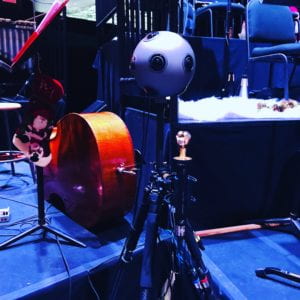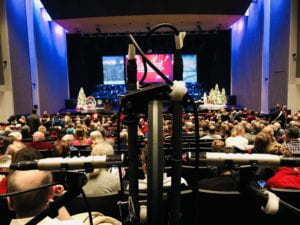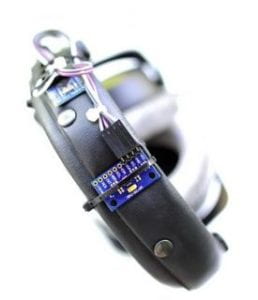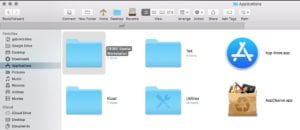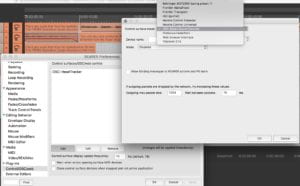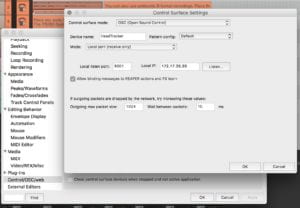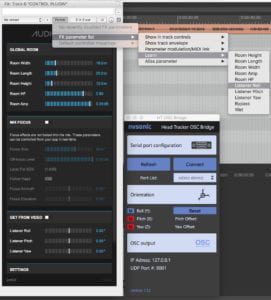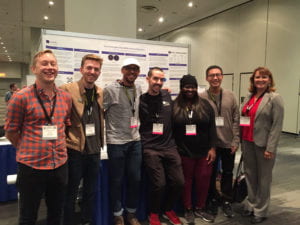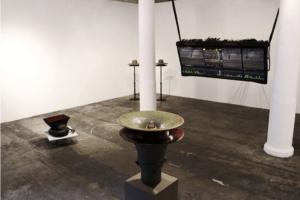
On Tuesday, January 23rd, the NYU Immersive Audio Group set out to record a sound art installation by Daniel Neumann, a Brooklyn-based sound artist, organizer and audio engineer originally from Germany. Neumann’s artistic practice involves using conceptual and often collaborate strategies to explore sound, sound material and its modulation through space, situation and media. The installation, ‘Channels’, deals with channeling 56 electronically produced sounds into the physical space of the gallery to produce an immanent 3D concrete sound field.
Here’s the link to the gallery’s website with more information regarding the installation:
https://www.fridmangallery.com/channels
The soundfield was created using numerous loudspeakers, which were hidden from sight, as well as five vintage speakers that were part of the visual display of the installation. The main visual centerpiece and “brain” in which the sounds were distributed to the speakers, was a MIDAS Verona 560, 56 channel mixing board suspended from the ceiling.
For this particular installation, we used a Sennheiser Ambeo microphone to capture the soundfield recording, while reinforcing it with spot mics on each individual vintage speaker in the space. The hidden loudspeakers were not close mic’d, but rather captured in the soundfield recorded by the Ambeo as they were not supposed to be heard as sound sources but rather as spatial accompaniment. The signals from the AMBEO and the spot microphones were recorded using the Antelope Audio Orion32 HD + MP32 pre-amps and Reaper.
In addition to the audio recording, 360 video was captured using the Giroptic 360 camera.
It was an interesting and fun experience recording an installation of this nature as typically the recordings done by the Immersive Audio Group have been geared towards bands or ensembles / groups recorded in the studio or in concert. Post production for the project is still in the works, so stay tuned !!
People Involved: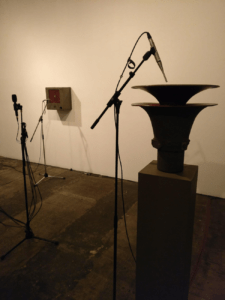
Scott Murakami – Lead Engineer / Producer
Gabriel Zalles – Co-Producer / Camera Op
Sripathi Sridhar – Assistant Engineer / Camera Op
JC Chao – Assistant Recording Engineer
Sungsoo Kim – Assistant Engineer
Chris Neil – Secondary Assistant Engineer
Arun Pandian – Secondary Assistant Engineer
Article written by: Scott Murakami
